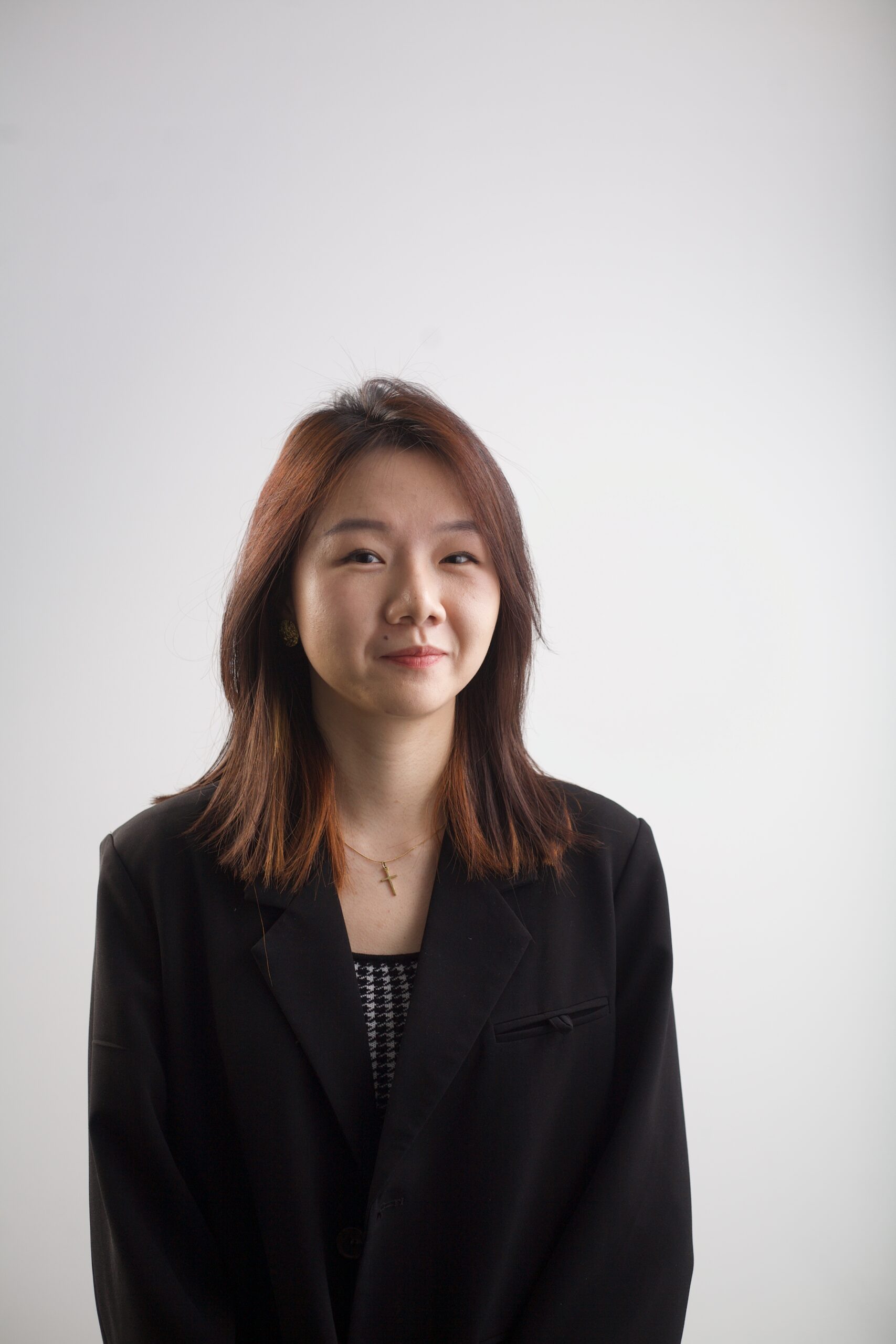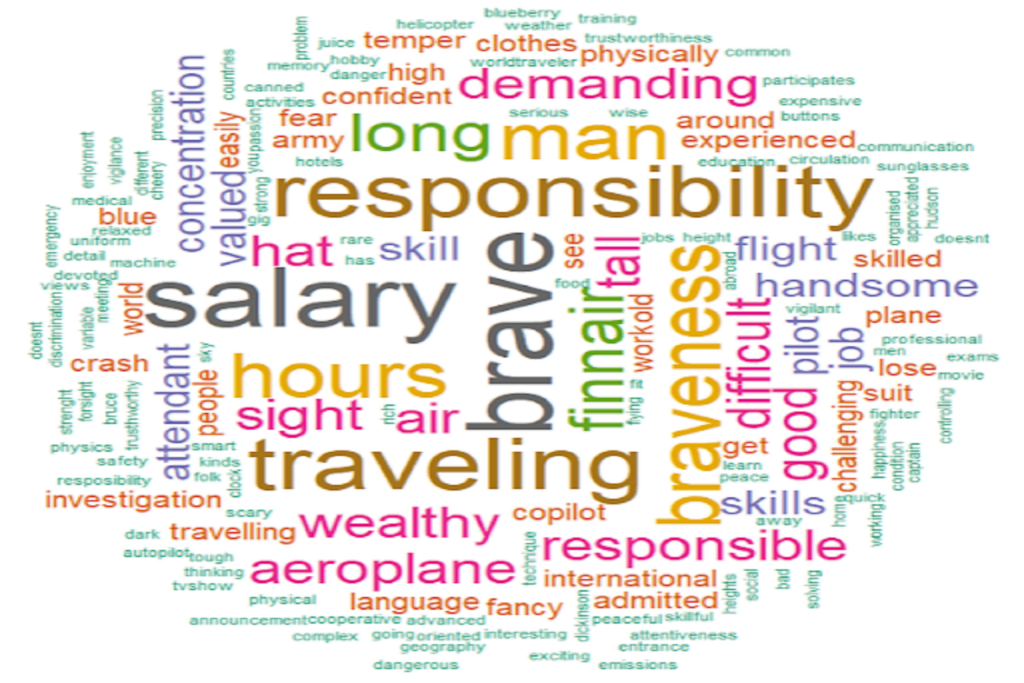What pops into your mind when you think of the word “pilot”? In a collaboration project with the Finnish Aviation Academy about gender and pilot occupation, I asked this question to 962 Finnish students and their most frequent answer was “brave”. “Salary” was the second most frequent word, “responsibility” was the third, and interestingly, “man” was the seventh most frequent.
It might seem a bit odd that people would write down “man” when thinking of a pilot; “man” was the only word in the ten most frequently answered words that was neither an occupation description (e.g., long hours, traveling) nor an occupation-specific association (e.g., Finnair, sight). As odd as it seems, this is actually one excellent example that shows how some occupations, like pilots, can be extremely gender-stereotyped.
Today women are still a minority in many STEM (Science, Technology, Engineering, Math) industries and are grossly underrepresented in aviation. Fewer women are pursuing degrees in STEM disciplines, especially the ones that are stereotypically “masculine.” The same goes for women pursuing aviation occupations including pilots.
A study conducted by the International Aviation Women’s Association (IAWA) in 2018 demonstrated that there is a huge gender gap in aviation occupations, with women making up approximately 6% of the world’s pilots, 26% of air traffic controllers, 18% of flight dispatchers, and 9% of aerospace engineers. There is no evidence that women are less competent as pilots, but gender stereotypes still lead people to believe this.
As put forward by Social Role Theory, the gender stereotype of women being more communal/communicative and men being more agentic/independent is consistent with the underrepresentation of women and overrepresentation of men in aviation. People believe men are better at taking initiatives, being independent, and working with things/objects. This kind of occupation-related stereotype is usually established by personal observation of gender composition in different workplaces. In our case, the observation of the existing underrepresentation of women in aviation is evidence of women not being perceived as competent enough or suitable to be captains, leading to younger generations of girls not choosing this career pathway for the seemingly high cost and the possibility of failure. The underrepresentation of women in aviation feeds back into this vicious circle, and perpetuates gender-stereotypic occupations and consolidation of the idea that “occupations have genders” and “pilots are men.”
We’ve answered the question “why are most flying people men?” But sadly, there isn’t an easy way to tackle this problem. However, with the current global shortage of pilots and such a small percentage of women in aviation, there is no better time to motivate the market and the individuals to work for better representation of women, which benefits both the aviation industries and women. Instead of stressing how women are also excellent pilots and reinforcing the idea that pilots are men, we will focus on expanding the spectrum of suitable pilots.
Recommended Reading:
Case, Federica (2022). Social Psychology Glossary (2): Stereotype. Solutions. https://gversity-solutions.org/blog-solutions/topics/social-psychology-glossary-2/
Ciosk, Mary Ann (2022). Prototypes: The Gender and Racial Biases That Are Too Obvious To Notice. Solutions. https://gversity-solutions.org/blog-solutions/topics/prototypes-the-gender-and-racial-biases-that-are-too-obvious-to-notice/

Being well prepared — A gender-related career setback training (Finland)
